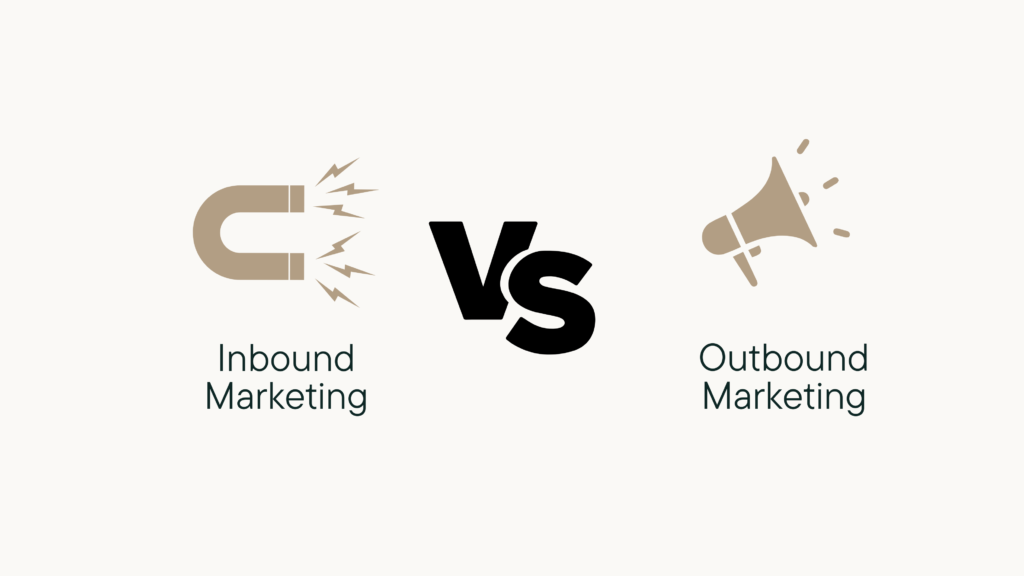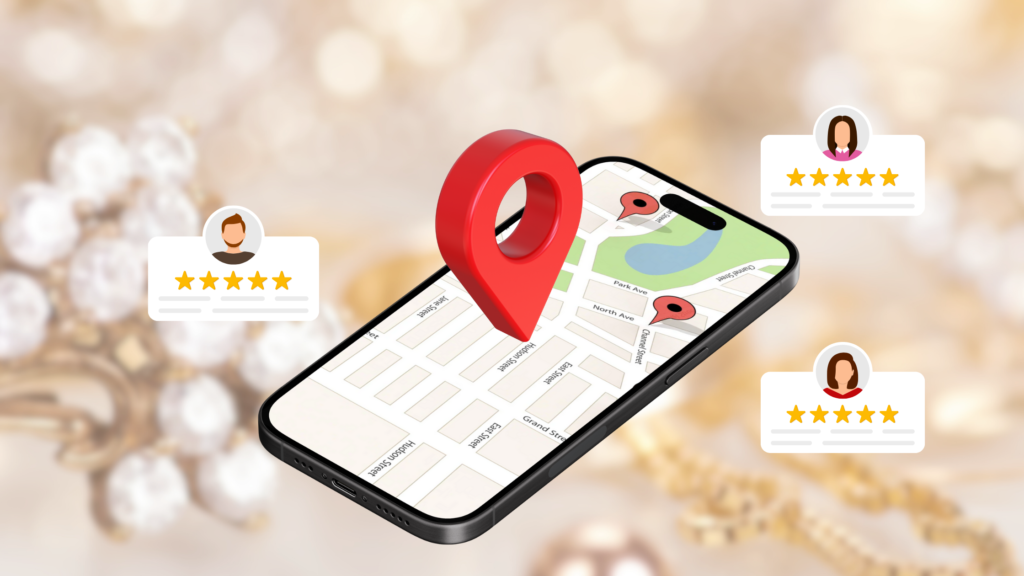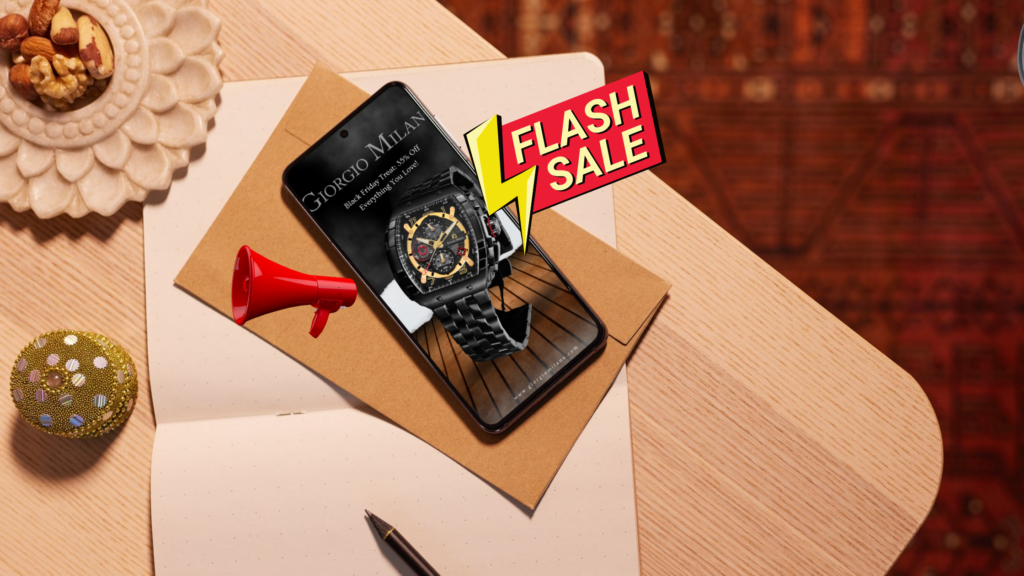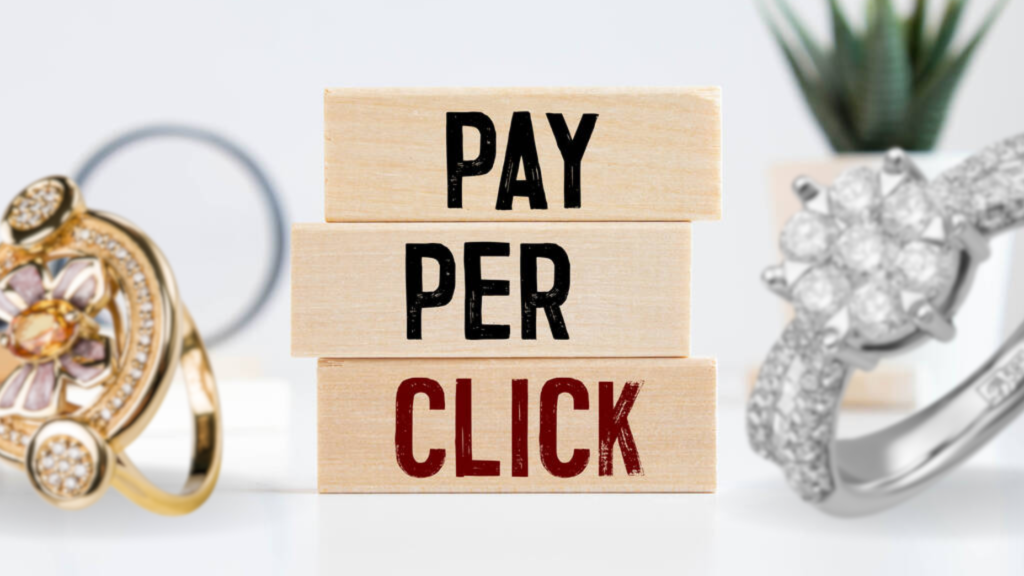Marketing in the luxury space is all about connection, trust, and exclusivity. But when it comes to reaching your ideal clientele, should you take the inbound or outbound approach?
If you’ve been navigating the world of digital marketing, you’ve likely heard of both strategies. Inbound marketing focuses on attracting customers through valuable content, SEO, and engagement, while outbound marketing takes a more direct approach, using advertising, cold outreach, and promotions to capture attention.
Which strategy is right for your luxury brand? Let’s break it down.
What is Inbound Marketing?

Inbound marketing is a customer-centric approach designed to attract, engage, and nurture potential buyers naturally. Instead of pushing your brand in front of your audience, inbound marketing draws them in by providing valuable content and experiences.
Key Inbound Strategies:
- Content Marketing: Blog posts, videos, and guides that provide insights and education.
- SEO (Search Engine Optimization): Optimizing your website to appear in organic search results.
- Social Media Engagement: Creating compelling stories and visuals that resonate with your audience.
- Email Marketing: Personalized email campaigns that nurture leads over time.
Why Luxury Brands Benefit from Inbound Marketing
- Builds long-term brand loyalty and trust.
- Enhances exclusivity by making clients feel they “discover” your brand.
- Provides measurable results through analytics and engagement tracking.
Example: A Rolex Official Jeweler leverages inbound marketing by publishing blog content on luxury watch investments. This attracts high-net-worth individuals searching for expert insights and leads them to explore their collections.
What is Outbound Marketing?

Outbound marketing is a proactive approach that pushes your brand in front of potential customers. It’s designed to generate immediate awareness and conversions.
Key Outbound Strategies:
- Paid Advertising: Google Ads, social media ads, and display advertising.
- Cold Outreach: Direct mail, cold emails, or phone calls.
- Event Sponsorships: Exclusive VIP experiences and collaborations.
- Traditional Media: TV, radio, and magazine advertisements.
Why Luxury Brands Benefit from Outbound Marketing
- Creates instant brand awareness and demand.
- Targets high-intent buyers through paid campaigns.
- Positions your brand in prestigious spaces (e.g., magazine features, luxury events).
Example: A high-end jewelry brand runs Google Ads targeting searches for “engagement rings in NYC,” ensuring they appear at the top when a customer is ready to buy.
Inbound vs. Outbound: Key Differences

| Feature | Inbound Marketing | Outbound Marketing |
| Approach | Attracts customers naturally | Pushes brand messaging proactively |
| Cost | Lower long-term costs | Higher upfront costs |
| Effectiveness | Stronger over time, builds loyalty | Immediate impact but can be expensive |
| Audience Engagement | Interactive, relationship-focused | More transactional, direct outreach |
| Best For | Luxury brands looking to build authority and trust | Brands seeking fast results and broader exposure |
Finding the Most Effective Strategy for Your Business
Every luxury brand is unique, and your marketing strategy should align with your goals, audience, and budget.
Consider These Factors:
- Budget: Do you have the resources for paid advertising, or do you prefer organic growth?
- Audience Behavior: Are your customers actively searching for your products (inbound) or do you need to introduce them to your brand (outbound)?
- Sales Cycle: Luxury purchases often require trust-building, making inbound strategies highly effective for nurturing leads.
- Brand Positioning: Exclusive luxury brands may benefit from prestige-focused outbound marketing, such as event sponsorships, while educational inbound marketing can establish authority and credibility.
The Hybrid Approach: The Best of Both Worlds
For many luxury brands, a combination of inbound and outbound marketing delivers the best results.
Case Study: A leading high-end jeweler worked with ARKTOP to develop a dual marketing strategy:
- Inbound: High-value blog content on diamond quality and luxury watch investments.
- Outbound: Retargeting ads for customers who engaged with content but hadn’t made a purchase.
The result? Increased organic traffic, a stronger email list, and higher conversions from retargeted advertising.
Conclusion
There’s no one-size-fits-all answer when it comes to inbound vs. outbound marketing—but understanding their strengths and how they complement each other is the key to success.
For luxury brands, inbound marketing builds credibility, nurtures trust, and creates a seamless digital experience. Outbound marketing, on the other hand, generates immediate visibility and demand. The most effective strategy? A carefully crafted combination of both.
Want expert guidance on the right approach for your brand? Schedule a consultation with ARKTOP today and let’s elevate your marketing strategy to the next level.





